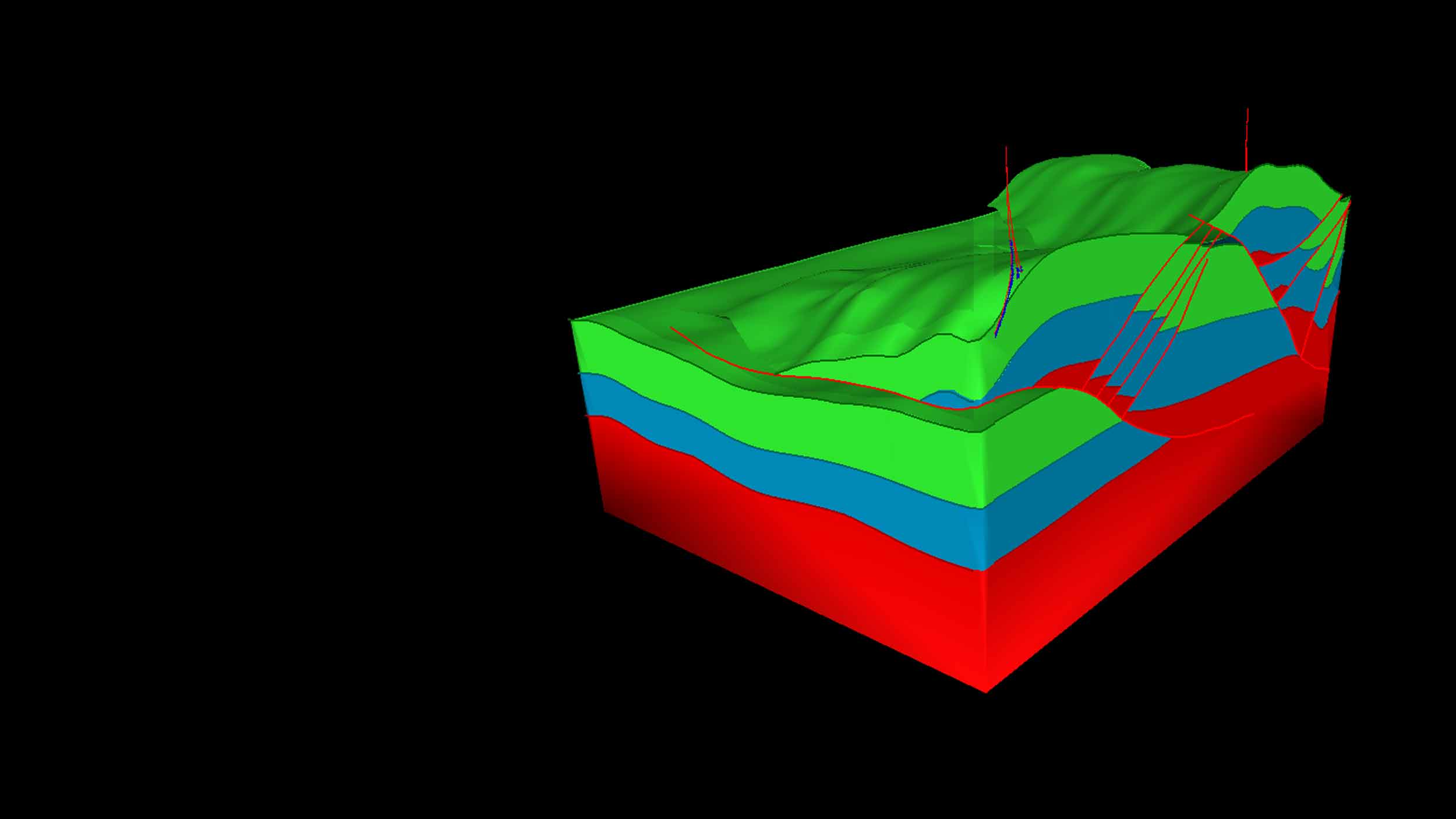 Search
Search
 Search
Search

Sep 02, 2021 | 09:30 AM CST
9:30 a.m. - 10:30 a.m. CDT (UTC-05:00)
1:00 p.m. - 2:00 p.m. UAE (UTC+04:00)
Traditional structural modeling of complex geologic settings with multi-z surface data, causes you to compromise between honoring your data and resolving your topology. This makes it challenging to build a structural model that accurately represents your subsurface understanding. In complex structural settings these challenges are amplified as they are typified by areas with poor-quality seismic data, minimal exploration well data, and uncertainties around the structural evolution of the study area.
DecisionSpace® 365 Geosciences Suite’s Dynamic Frameworks to Fill® software leverages multi-z horizon and data interpretation to construct complex structural frameworks. Critically, these complex frameworks retain the characteristics of traditional Dynamic Frameworks to Fill structural models, with the ability to change modeling parameters iteratively.
During this webinar we will be demonstrating two new concepts to subsurface modeling. First, the volume of space occupied by the framework is subdivided by faults to allow different regions to be computed independently and in parallel. Second, all surfaces are computed simultaneously, and parameters are applied to the entire framework. This allows a multitude of stratigraphic relationships to be easily constructed, and for the first time the inclusion of reverse faults and multi-z surface data into frameworks.
Join the webinar to learn how Dynamic Frameworks to Fill can make the most of your complex geology data and interpretations, and to build complex 3D subsurface models in fold and thrust belts. This is critical in minimizing uncertainty in key aspects such as reservoir architecture, seal integrity and migration pathways.

Nicholas Matthies
Solution Owner, Mapping and Modeling